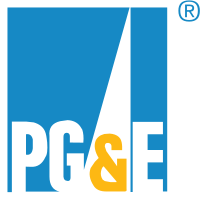
Photo from wikipedia
Background Few studies have compared the optimal duration and intensity of organized multidisciplinary neurological/rehabilitative care delivered in a regional/district hospital with the standard rehabilitative care delivered in the general neurology/rehabilitation… Click to show full abstract
Background Few studies have compared the optimal duration and intensity of organized multidisciplinary neurological/rehabilitative care delivered in a regional/district hospital with the standard rehabilitative care delivered in the general neurology/rehabilitation ward of a medical center. This study measured functional outcomes and conducted cost-utility analysis of an organized multidisciplinary postacute care (PAC) project in secondary care compared with standard rehabilitative care delivered in tertiary care. Methods This prospective cohort study enrolled 1,476 patients who had a stroke between March 2014 and March 2018 and had a modified Rankin scale score of 2–4. After exact matching for age ± 1 year, sex, year of stroke diagnosis, nasogastric tube, and Foley catheter and propensity score matching for the other covariates, we obtained 120 patients receiving PAC (the PAC group) from four regional/district hospitals and 120 patients not receiving PAC (the non-PAC group) from two medical centers. Results At baseline, the non-PAC group showed significantly better functional outcomes than the PAC group, including EuroQol-5 dimensions (EQ-5D), Mini-Mental State Examination (MMSE) and Barthel index (BI). During weeks 7–12 of rehabilitation, improvements in all functional outcomes were significantly larger in the PAC group (P < 0.001) except for Functional Oral Intake Scale (FOIS). Cost-utility analysis revealed that the PAC group had a significantly lower mean (± standard deviation) of direct medical costs (US$3,480 ± $1,758 vs. US$3,785 ± $3,840, P < 0.001) and a significantly higher average gain of quality-adjusted life years (0.1993 vs. 0.1233, P < 0.001). The PAC project was an economically “dominant” strategy. Conclusions The PAC project saved costs and significantly improved the functional outcomes of patients with stroke with slight to moderately severe disabilities. Randomized control trials are required to corroborate these results.
Journal Title: Frontiers in Cardiovascular Medicine
Year Published: 2022
Link to full text (if available)
Share on Social Media: Sign Up to like & get
recommendations!